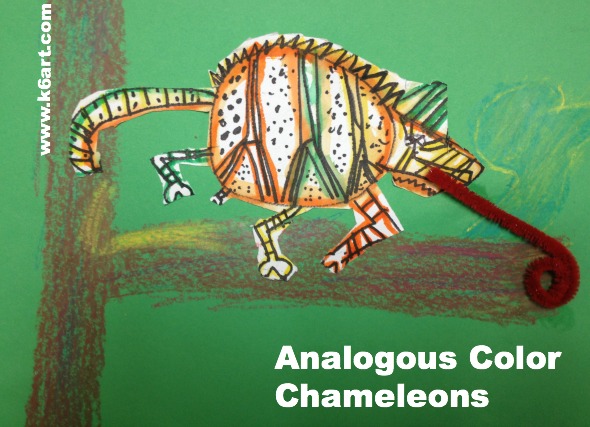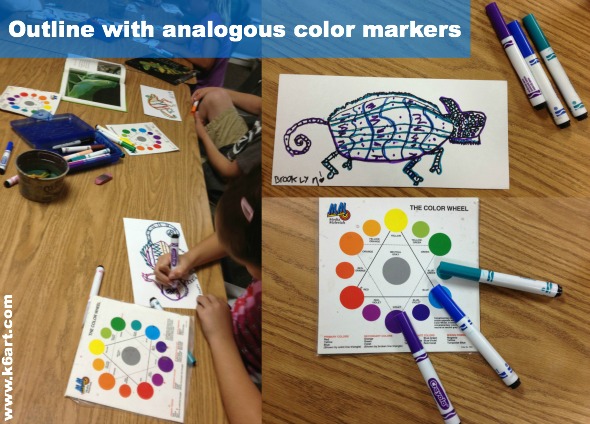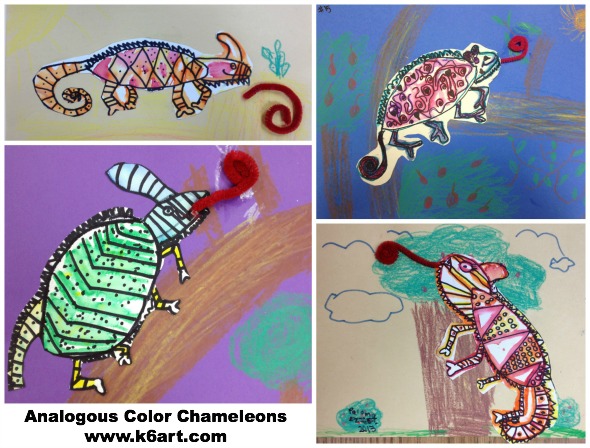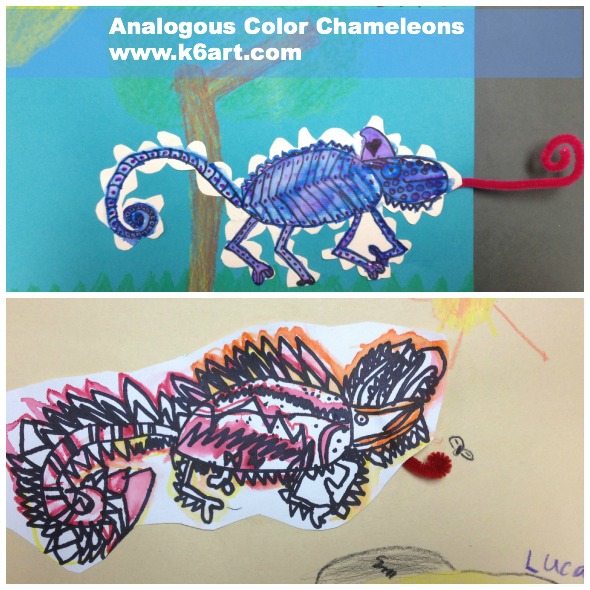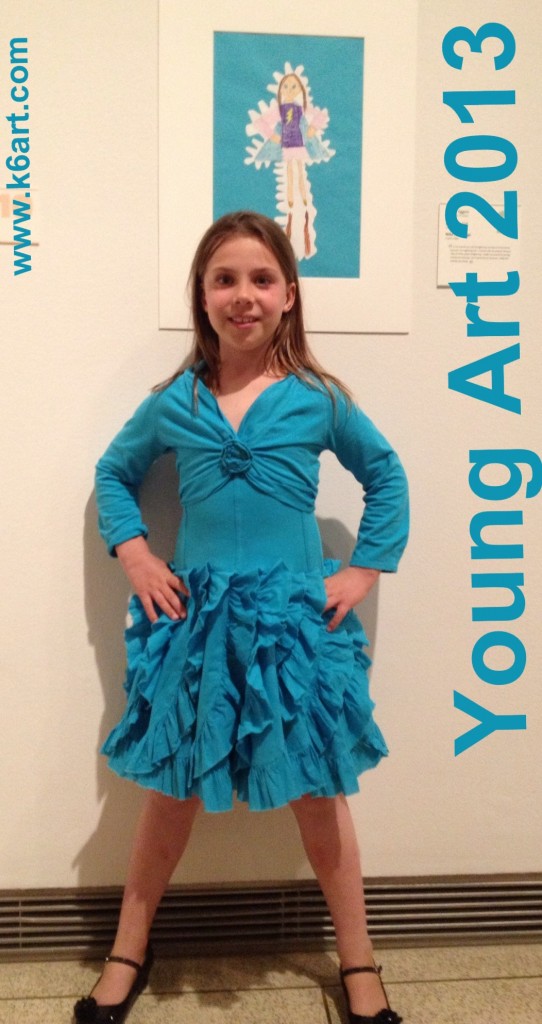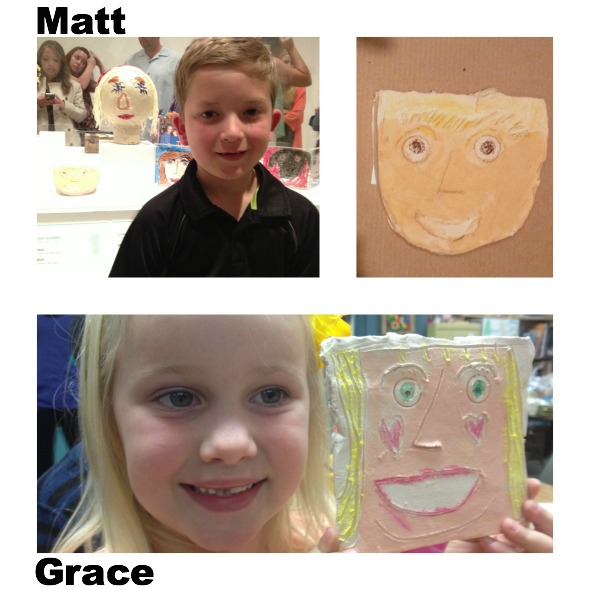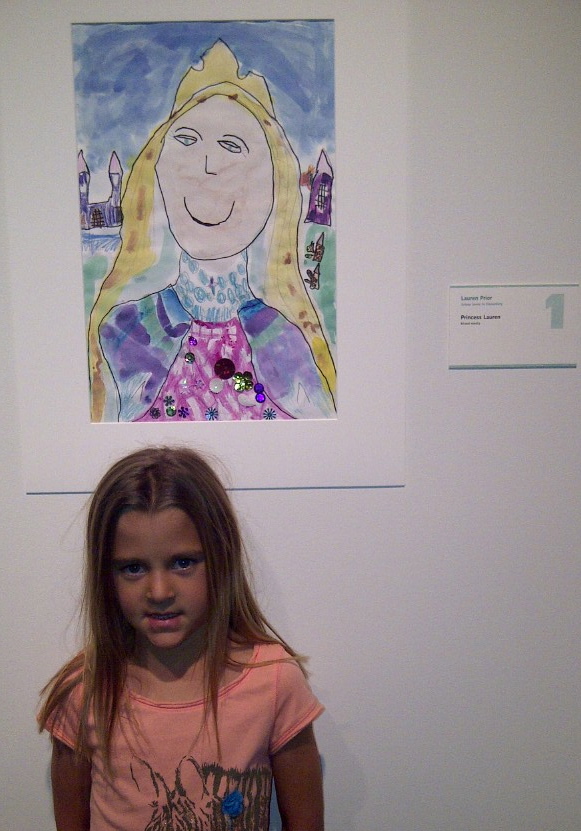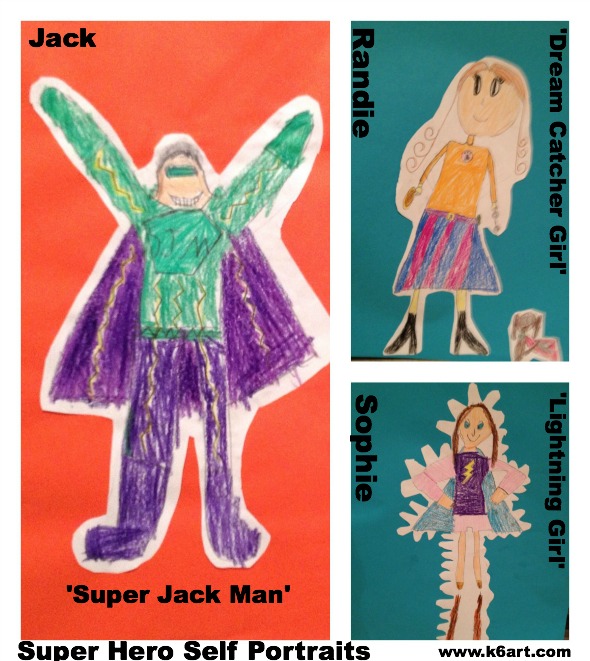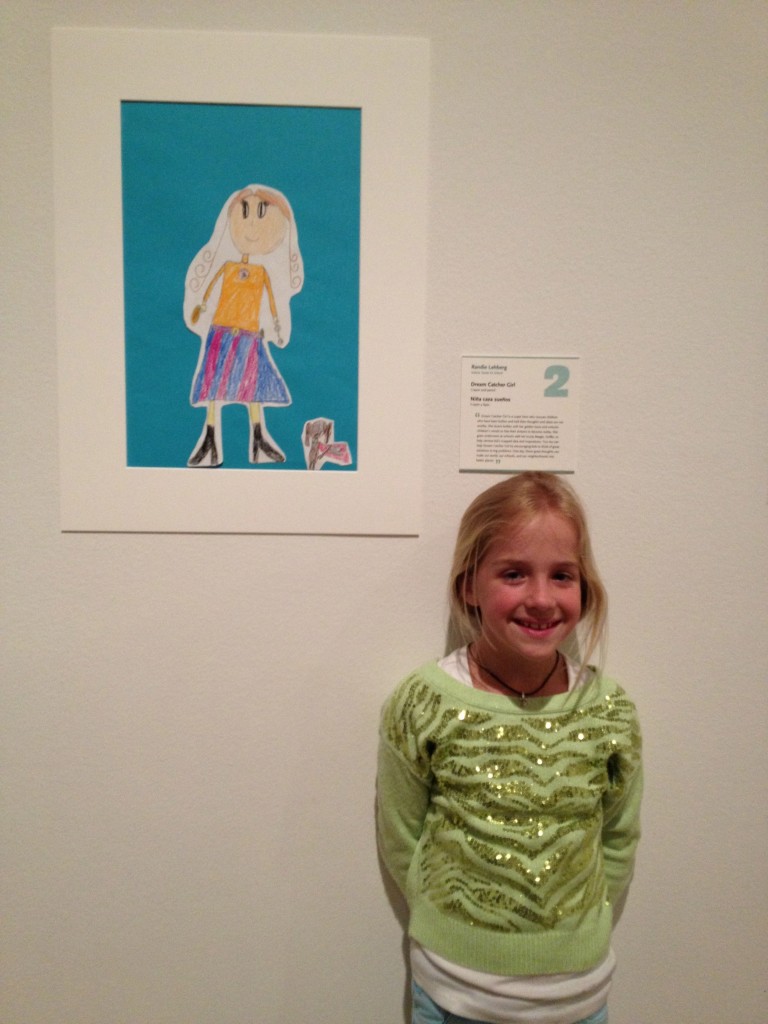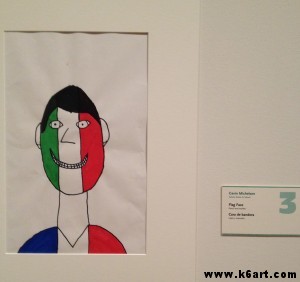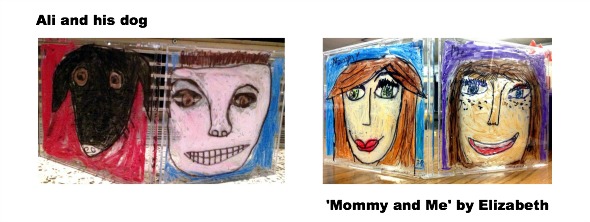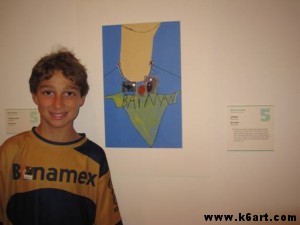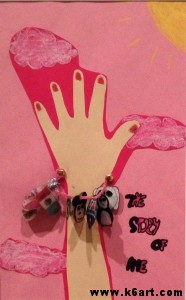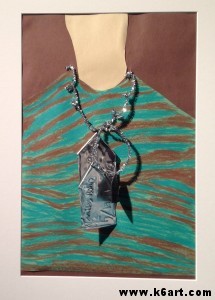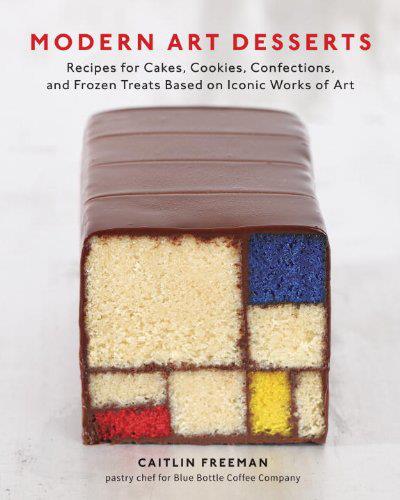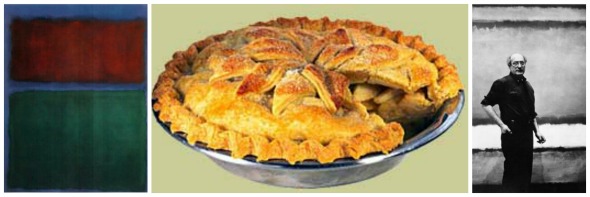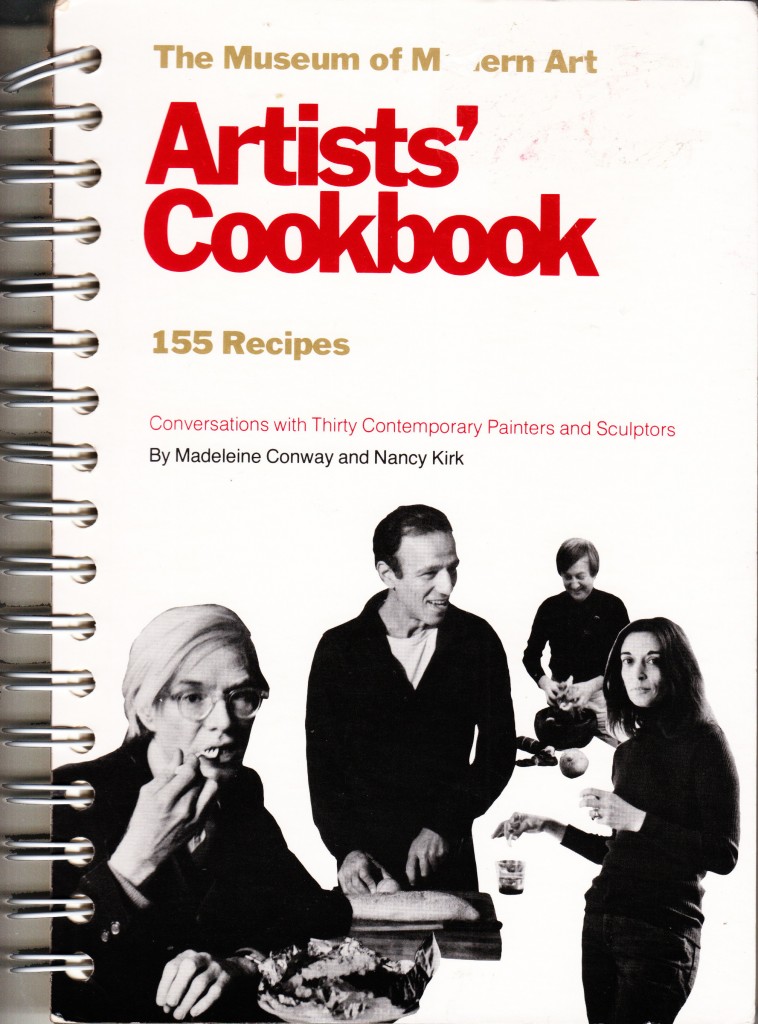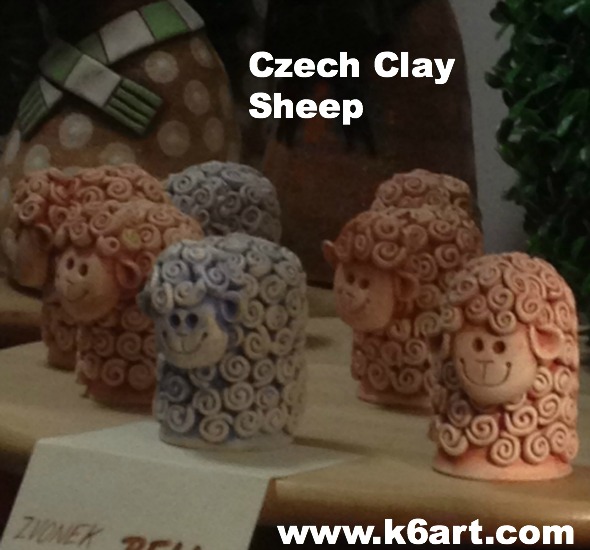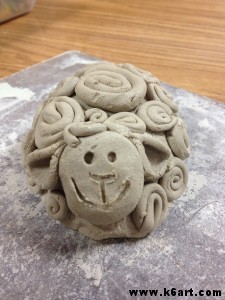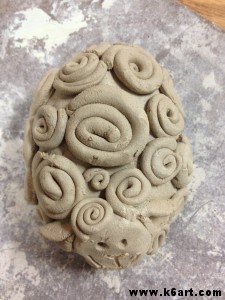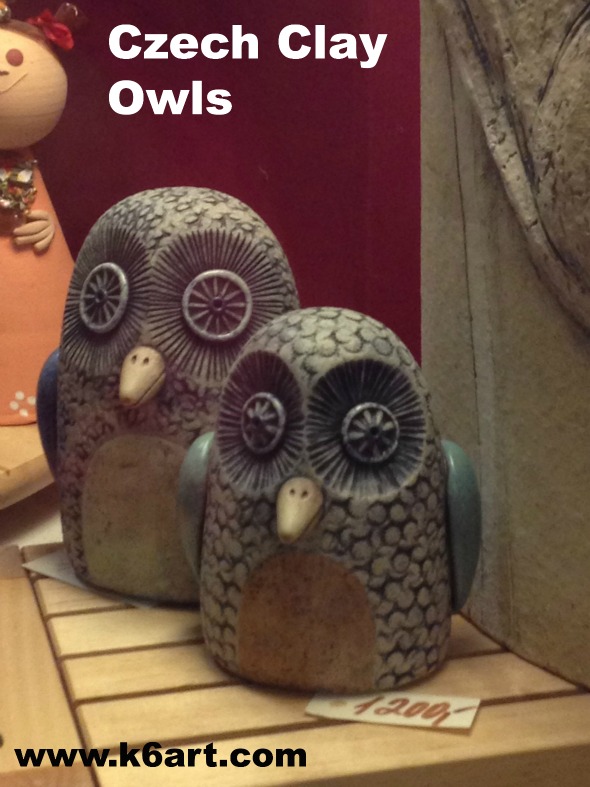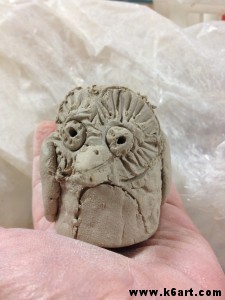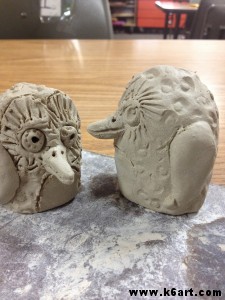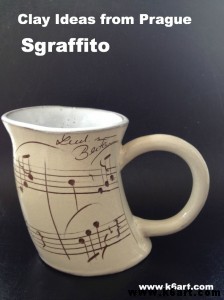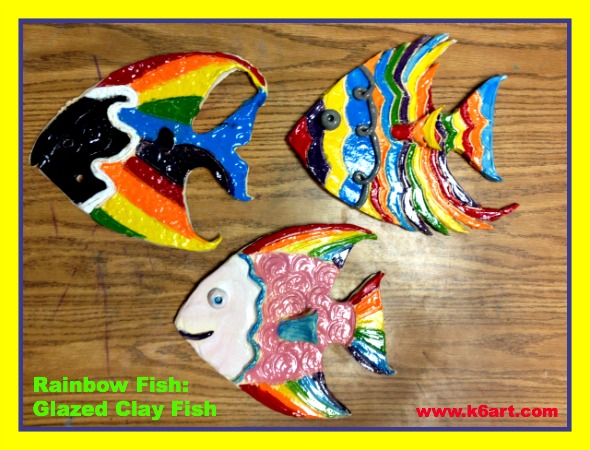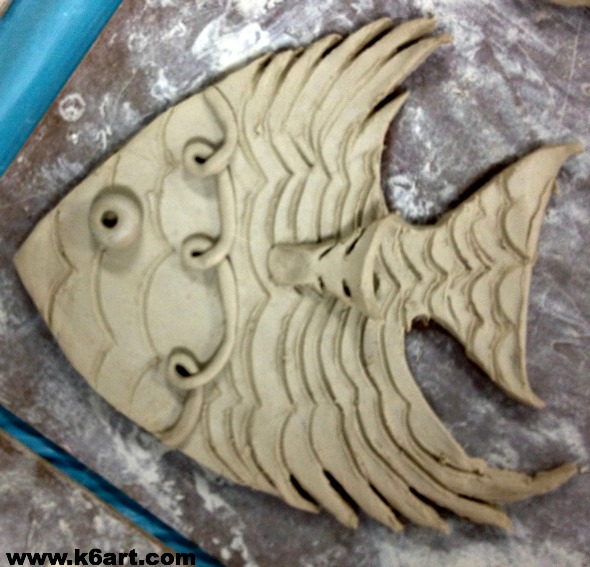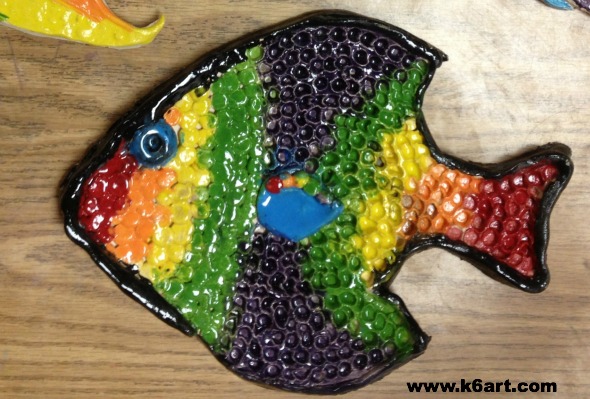Are you looking for an engaging, NEAT color project? Try these analogous color chameleons, made with watercolor paper scraps and Crayola markers.
Materials
- Color wheels
- Watercolor (or drawing paper) scraps
- Sharpies (or other black permanent markers)
- Crayola markers (or other fine tip watercolor marker)
- Brush
- Water
- Construction paper
- Construction paper crayons
- Pipe cleaners
- White glue
We began by watching this FUN chameleon video
http://www.youtube.com/watch?v=KMT1FLzEn9I
We did a directed draw of the chameleon using Sharpie on watercolor paper. Second graders then added their own details – stripes, patterns, dots, horns, and spikes.
Next I passed out the color wheels and Crayola markers. We talked about analogous colors as ‘next door neighbors’ on the color wheel. I asked the students to select three analogous color markers and lay them out on their color wheels.
Students checked their neighbor’s work to make sure all the markers were analogous colors.
We used the ‘marker painting’ technique I learned on the fabulous Artisan Des Artes blog. Students outlined the interior of their their chameleons with the markers, then went over the lines with plain water and a small paintbrush. The kids LOVED it when their markers turned to ‘paint’ and spread through the watercolor paper.
To finish the project, we cut out the chameleons and glued them to simple habitats drawn with crayon on construction paper. For a final touch, some student glued on a curled pipe cleaner for a tongue (I will skip that step next year!).
Second grade results:
Guess what…….this project will work even if your markers are a bit dry! It’s a great project for end-of-year or anytime.
p.s. Here are two books my students LOVED!
(note: this post contains compensated affiliate links).

